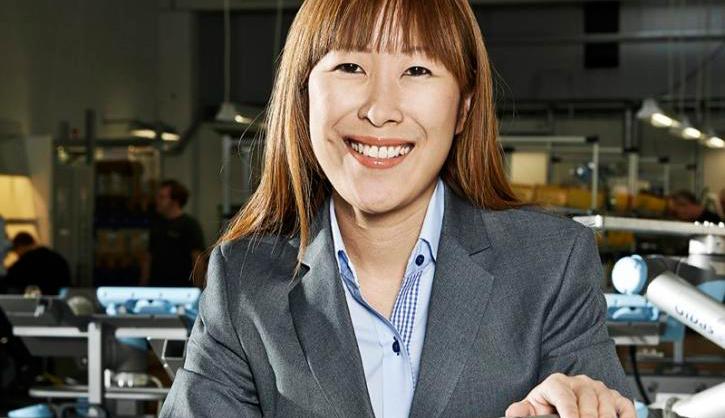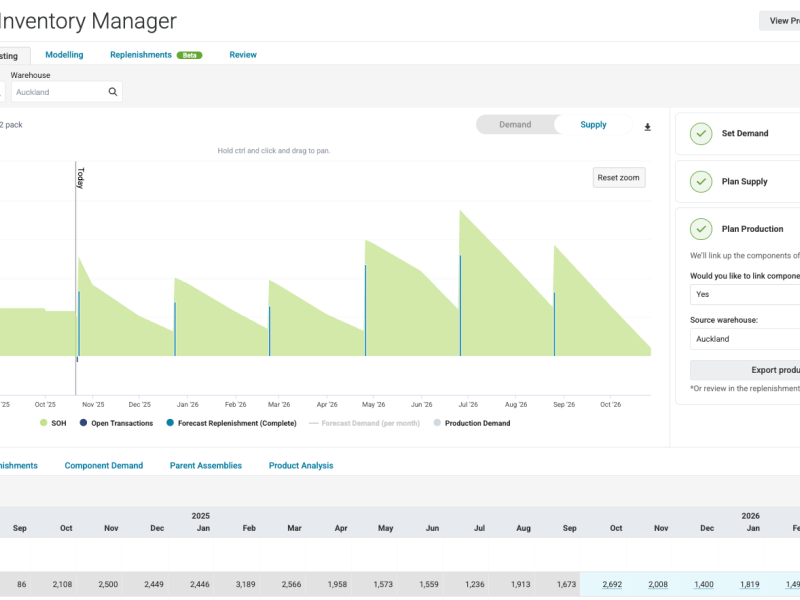Accounting for almost 50 percent of the nation’s total exports1, the manufacturing industry in New Zealand represents one of the biggest contributors to the economy. The manufacturing industry is also New Zealand’s second largest employer2, so growth of the industry is vital to the country’s overall economic success.
However due to the country’s geographical isolation creating higher freight overheads, and arguably greater labour costs compared to countries such as China, many local manufacturers are feeling the pressure to find new ways to increase productivity and profits.
In addition, New Zealand’s manufacturers are grappling with an issue affecting most developed countries, that is, the issue of labour productivity. While labour participation is strong, labour productivity is weak, with the OECD estimating that New Zealand had the fourth lowest labour productivity growth of OECD countries between 1995 and 20143.
According to a recent research paper from the New Zealand Productivity Commission, Achieving New Zealand’s Productivity Potential, the country needs to move away from a model based on working more hours per person to one that is focused on generating more value from time spent at work. Flexibility, openness and receptiveness to new technology are key to increasing productivity, according to the paper4.
Investment in innovation and automation has thus become crucial among New Zealand small and medium manufacturers in order to remain competitive and productive in regional and global markets, while exploring the possibility of international expansion.
Auckland lock maker ASSA ABLOY is one example of a New Zealand manufacturer exploring innovative ways to enhance productivity, as well as safety. The company is investing in collaborative robots (or cobots) from Universal Robots for its production lines. According to ASSA ABLOY, Universal Robots’ UR5 cobot has reduced health and safety risks and assisted in applying staff labour to more fulfilling roles. The result has been improved productivity and quality.
Cobots allow machines and humans to work in a symbiotic relationship. Cobots differ enormously from traditional industrial robots that must be kept behind safety shields in order to avoid contact with humans. Cobots on the other hand aren’t required to operate with safety fencing (subject to a risk assessment). Cobots such as those designed by Universal Robots were developed with the intention of allowing the skills of man and machine to be combined. In many cases the increased efficiency they bring results in more jobs for humans.
One of the greatest advantages gained from the use of cobots is their flexibility to be assigned to different tasks quickly, all the time working within close proximity of their human counterparts.
This ability means smaller manufacturers can dramatically improve the way they approach many tasks in the manufacturing, production and distribution of their products. For example, a fruit grower operator could take on a more supervisory role while the robots perform manual tasks such as washing, packing and storing. In fact, in Warragul in south-east Victoria in Australia, fruit growers are working with a team of engineers in California to come up with a prototype for a robot to perform apple picking work in the face of severe labour shortages5.
Many other New Zealand small and medium manufacturers have already begun to explore the use of automation on the factory floor, and in particular the use of cobots to provide precision, flexibility and speed to production lines, while at the same time reducing the monotony of tasks and freeing up employees (and their time) to focus on more productive roles within the production cycle.
One such company exploring the use of automation to enable greater production flexibility and output is Auckland based injection moulding company TCI New Zealand, which deployed Universal Robots cobots to help automate specific production processes, such as labelling and installing rubber feet on its containers and yoghurt makers. Using UR cobots several key processes in the manufacture of these products have been automated, relieving employees of repetitive assembly processes and ensuring smooth production flow. The cobots can be completely reprogrammed and deployed for new tasks in a matter of minutes.
According to TCI, the company has been able to significantly reduce expenditure by using robots at a time when labour costs can be 10 to 20 times higher that of other overseas markets. “We paid off the UR3 within six months, which means we can reinvest in further product development and innovation,” said Quintin Fowler, Manager Director at TCI. “We also saved around 75 percent on yearly product assembly labour costs for the UR3 and UR5.”
Automation (and in particular cobots) is playing a significant role helping New Zealand overcome low productivity levels and labour shortages, while at the same time driving down costs and increasing output in order to help the nation compete on a regional and global scale in the face of geographical barriers and high labour costs.






